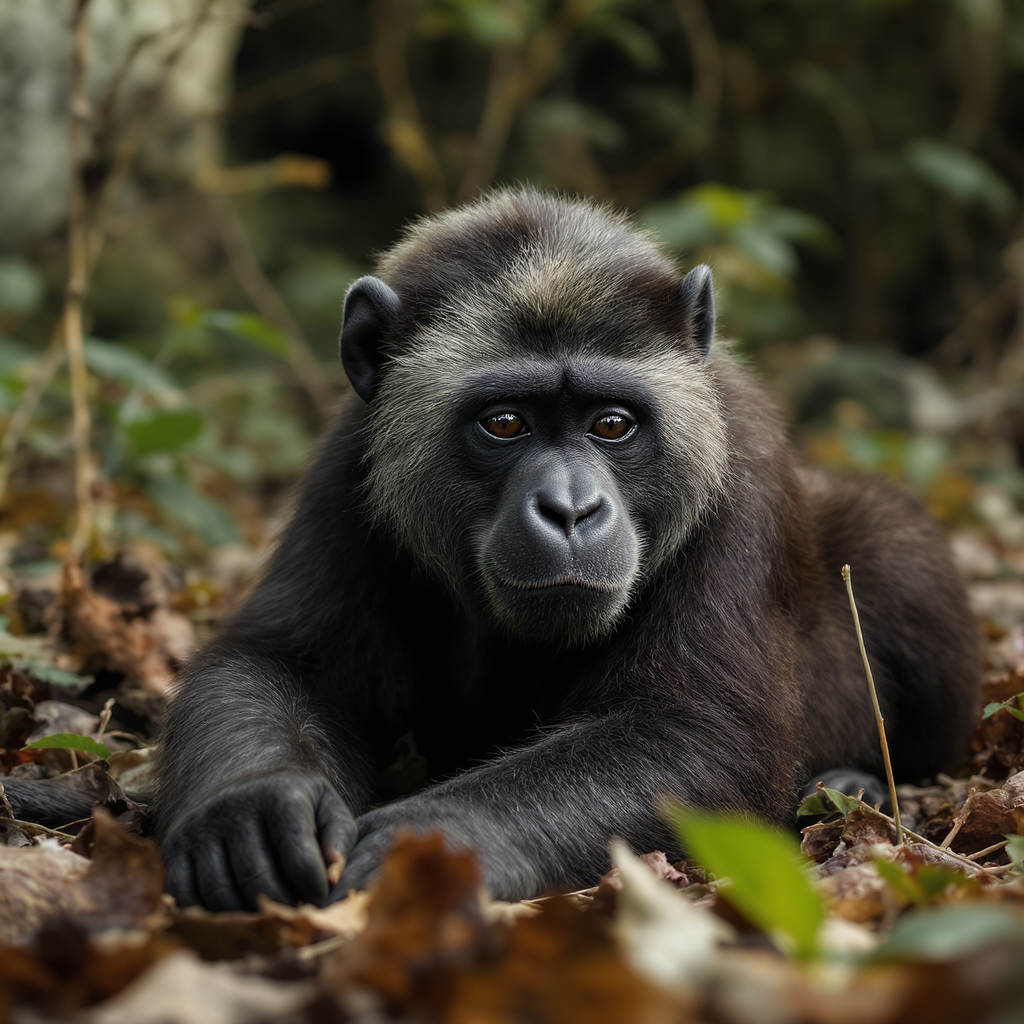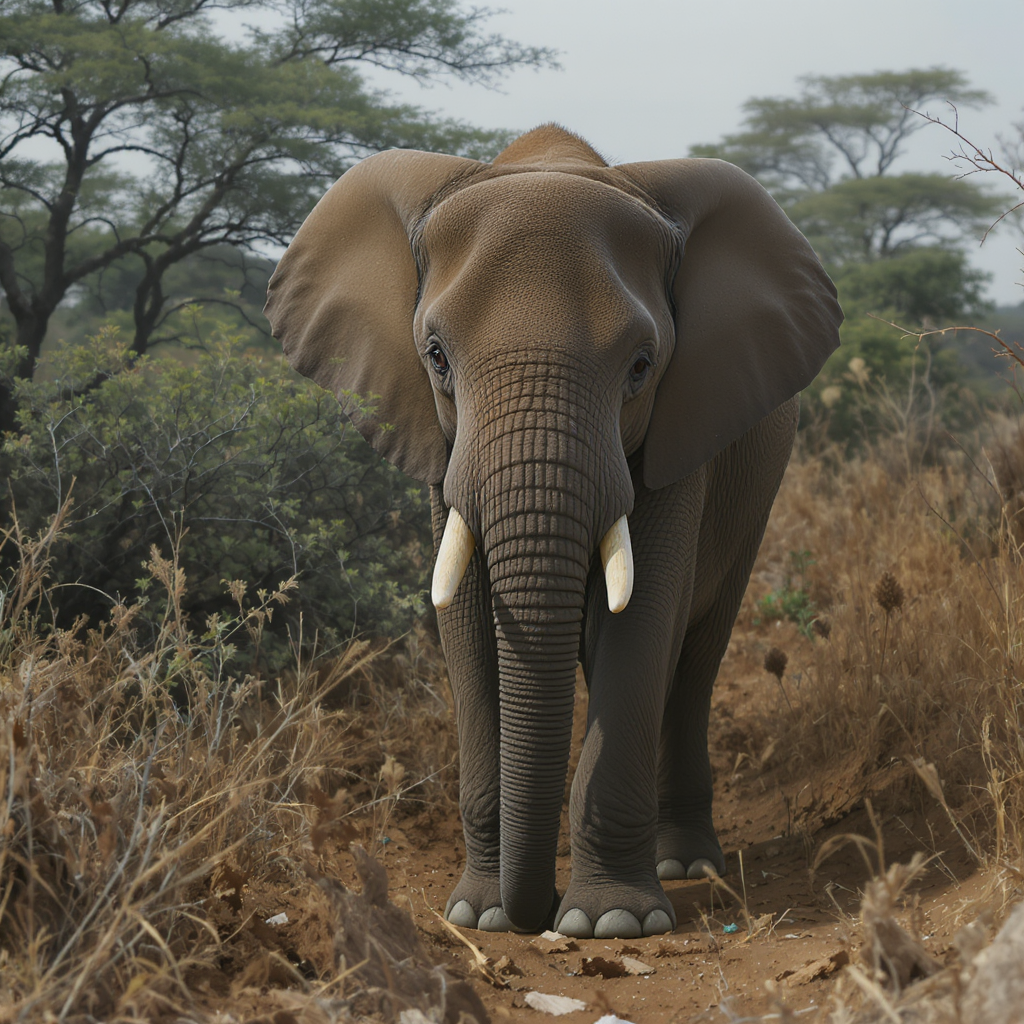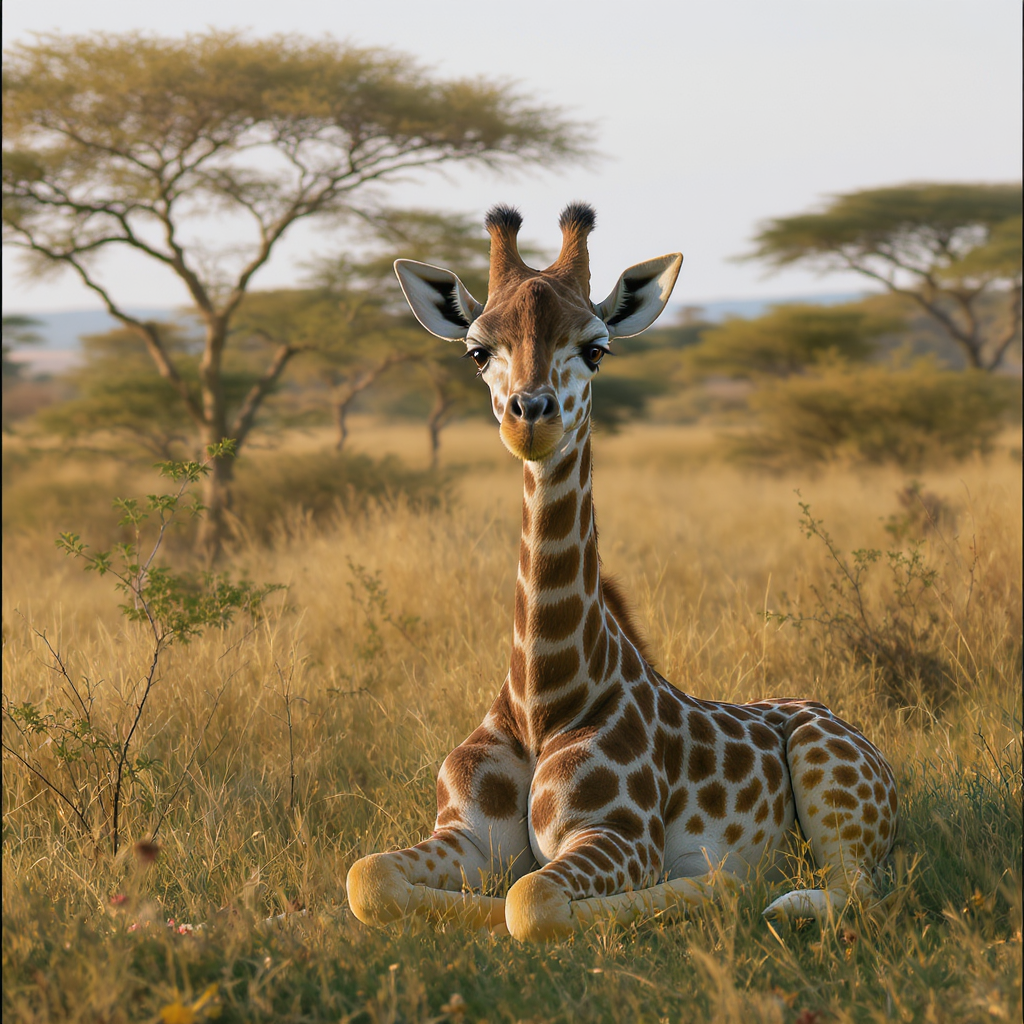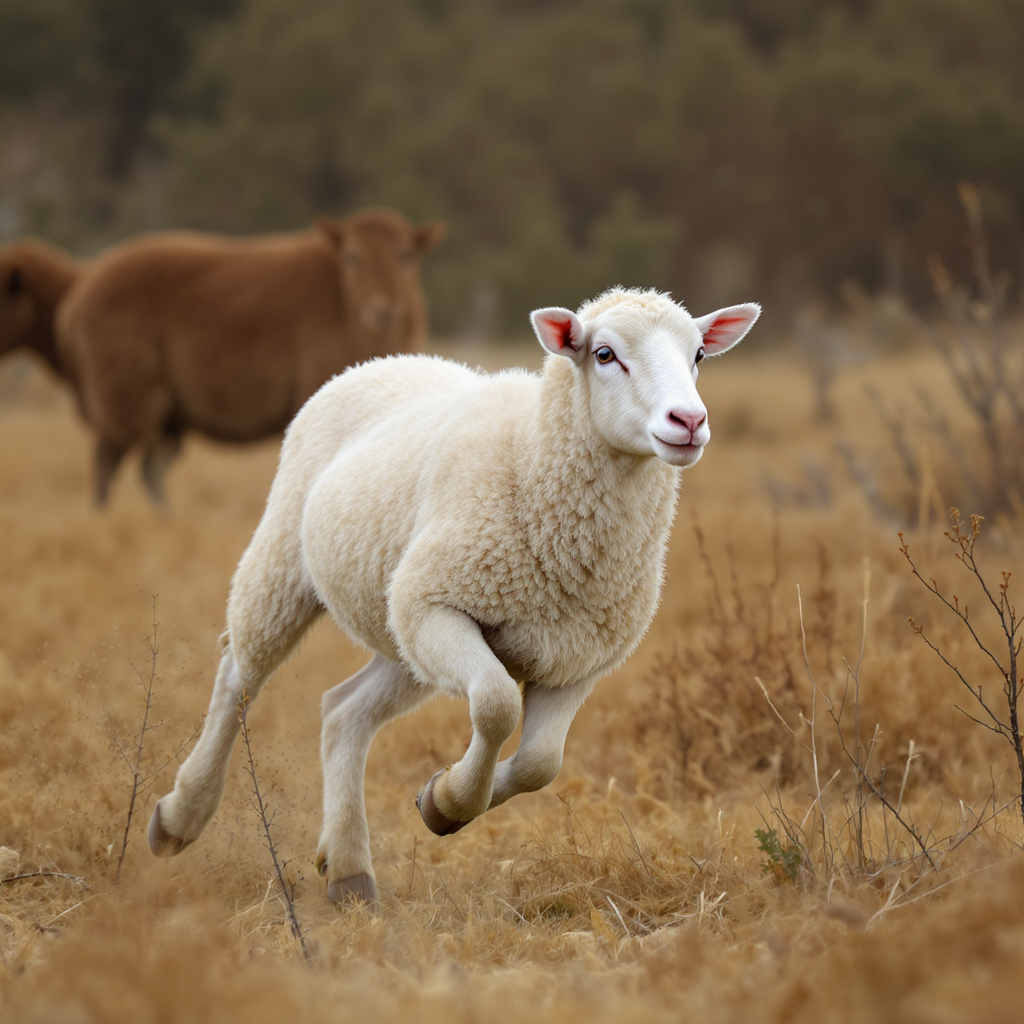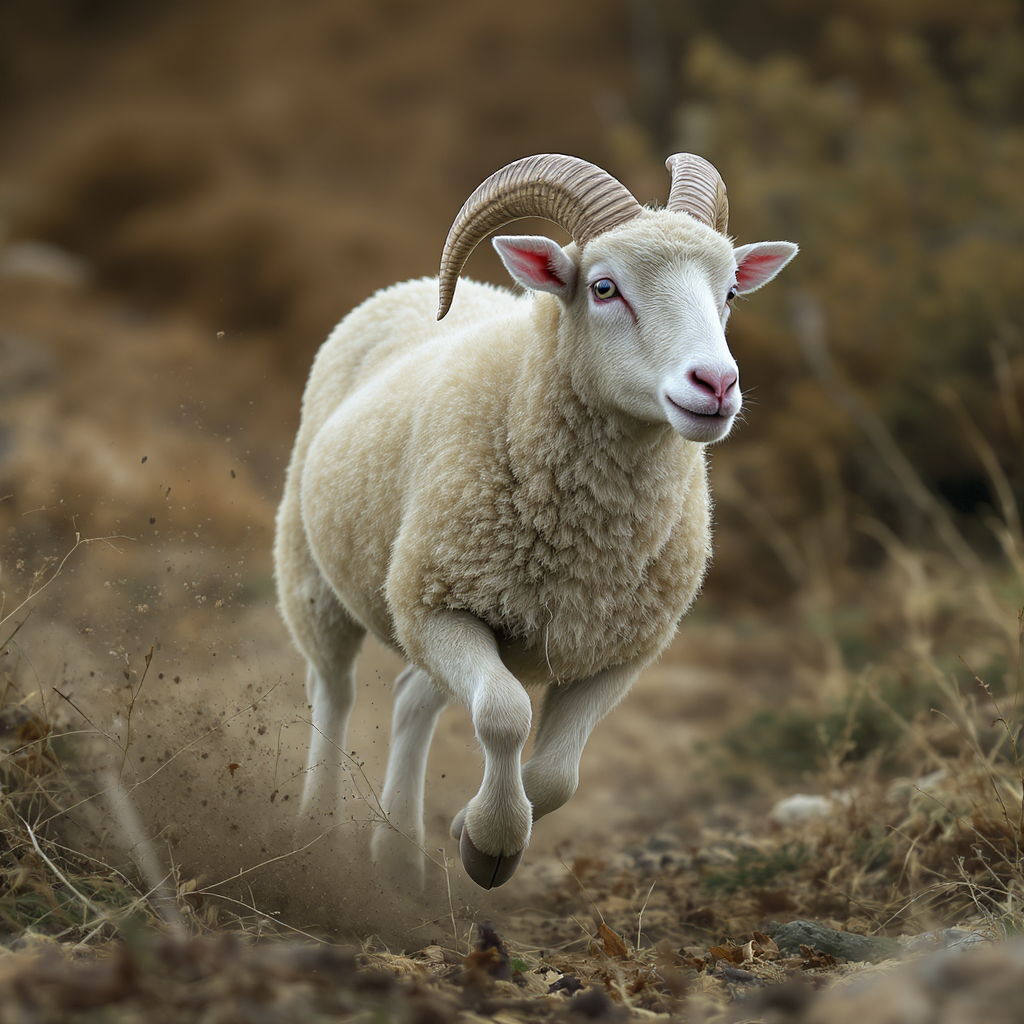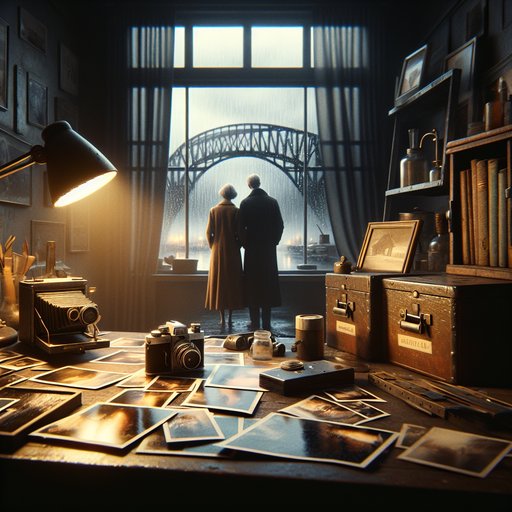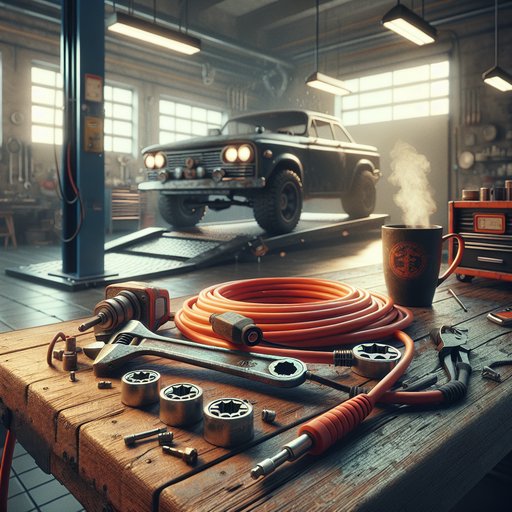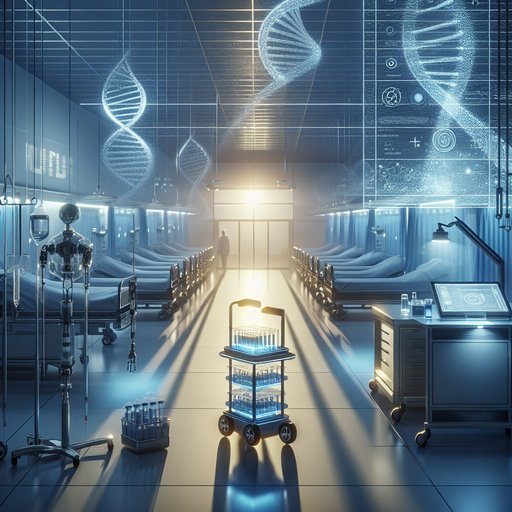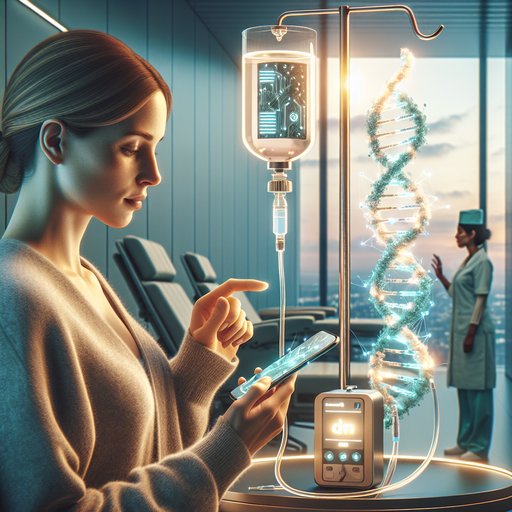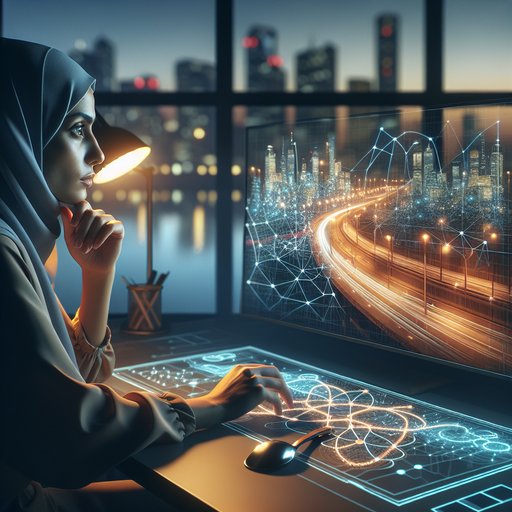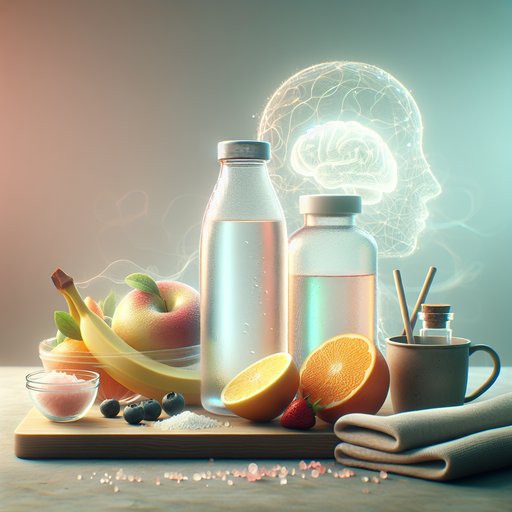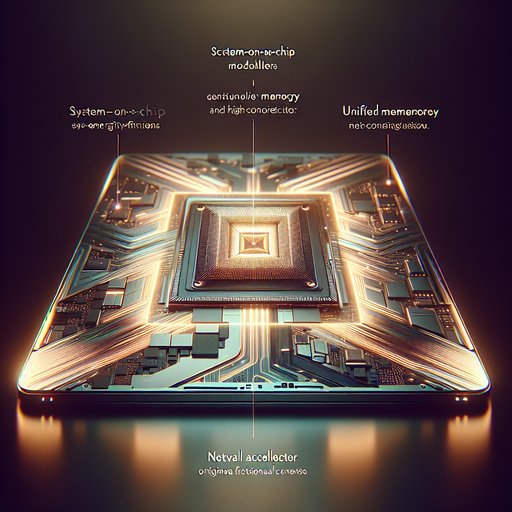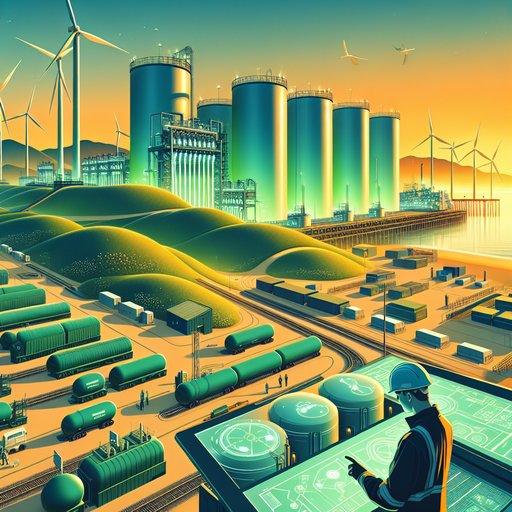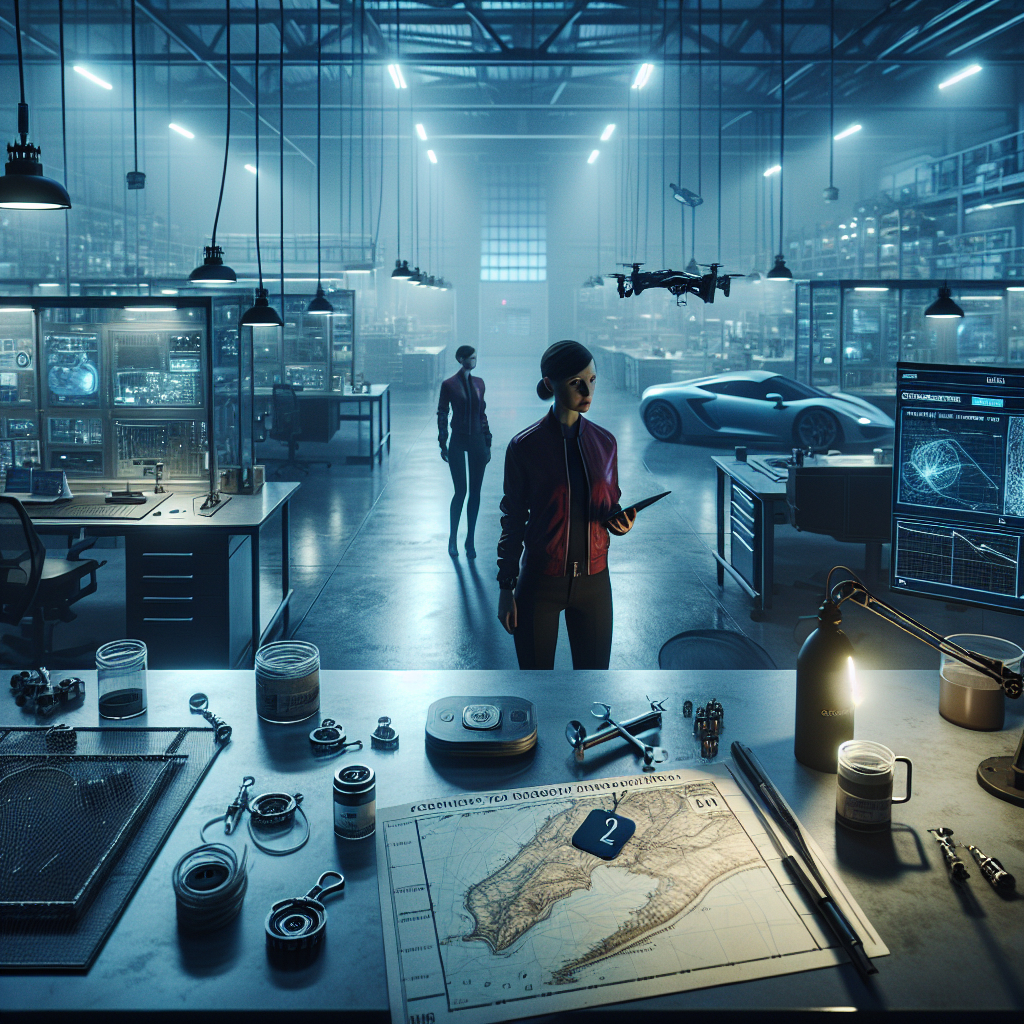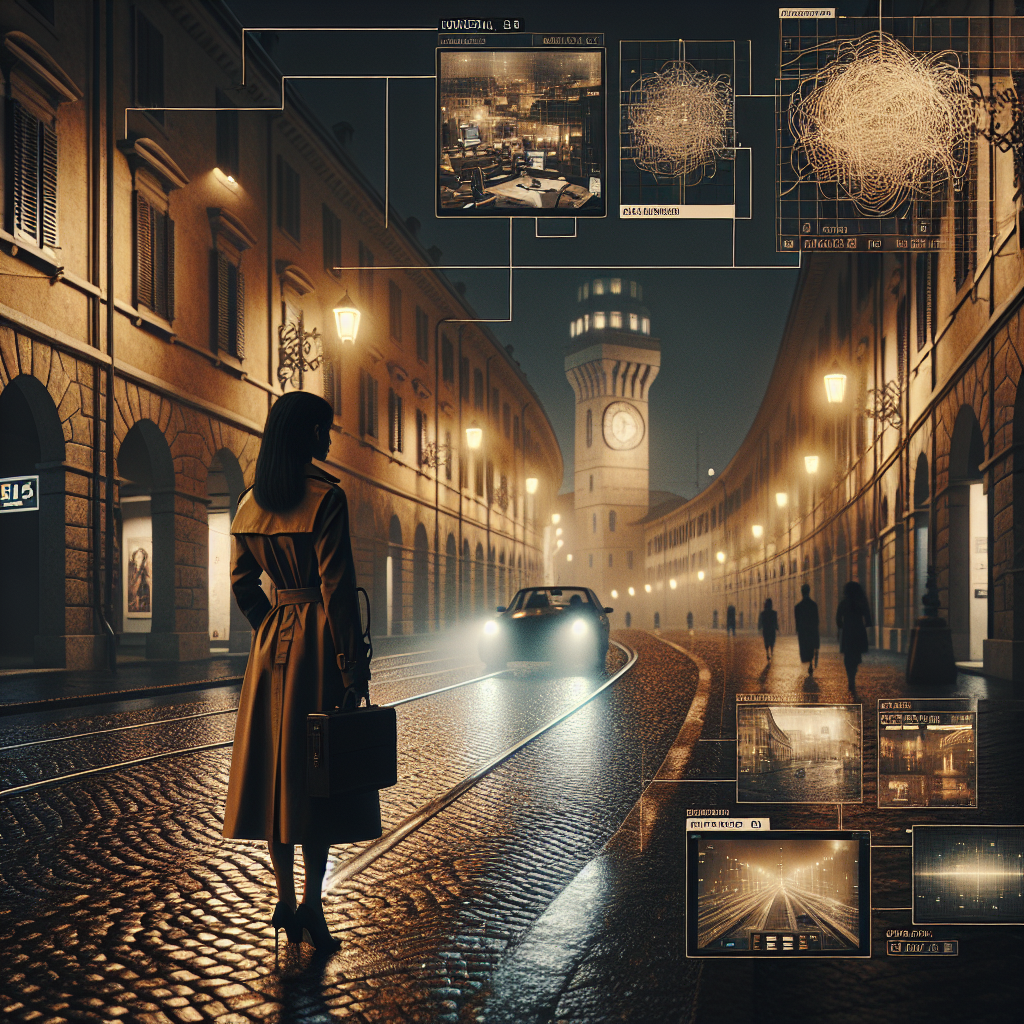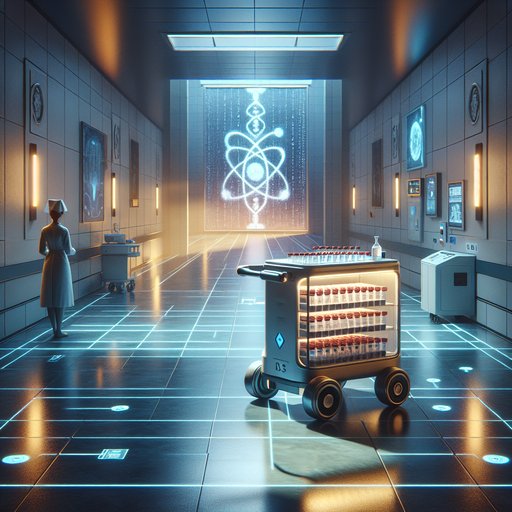
Before sunrise, a hospital corridor hums with quiet intent. A cart-sized robot whispers past a nurse, balancing trays of lab samples; an algorithm flags a radiologist about a subtle shadow on a lung; a robotic arm in a windowless lab stamps tiny droplets onto a plate while a model predicts which arrangement of atoms might ease a failing heart. Three revolutions—AI-driven diagnostics, clinical robotics, and machine-guided drug discovery—are converging, not as the thunderclap of a single invention but as a new weather system settling over medicine. Their roots stretch back to bodies pressed against wooden stethoscopes and early X-rays ghosting bones onto glass. Their promise is not just speed, but a new choreography: machines listening and looking, humans deciding and caring.
In the early 19th century, a French physician rolled a sheet of paper into a tube to listen to a patient’s chest and invented the stethoscope. By 1895, X-rays made the invisible visible, launching a century in which medicine learned to see. Today, that seeing is statistical. Software examines patterns across millions of pixels and heartbeats and lab values, listening for the faint murmurs of disease that eyes and ears miss.
The tool on the clinician’s desk has changed shape but not purpose: it is still a way to hear the body more clearly, whether through wood, film, or silicon. The arc ahead bends toward hospitals that feel less like warehouses of equipment and more like networks of sentient instruments. Diagnostics become ambient, stitched into the seams of care: bedside monitors that not only ping but interpret, imaging suites where the first draft of a report is written by a model, wearables that observe physiology in long brushstrokes rather than single snapshots. Robots glide between these points, not as novelties, but as colleagues that ferry, assist, and sometimes operate.
These threads tighten into a feedback loop that shortens the distance between a question and an answer, between a hypothesis and a therapy. The milestones came in flickers. The 20th century gave radiologists X-rays, CT, MRI, and a generation of clinicians learned to translate shadows into stories. In the 21st, algorithms learned the same language, first haltingly, then fluently.
An autonomous system for diabetic retinopathy earned U.S. clearance in 2018, a small but symbolic moment that said pattern recognition could make a diagnosis without a human in the loop. Whole-slide pathology went digital, and models grew adept at sifting through gigapixel tissue to highlight suspicious fields. Emergency teams began to receive automated alerts when scans hinted at a large vessel occlusion, shaving minutes off stroke triage.
The doctor, increasingly, met the patient armed with a second set of eyes that never blinked. But the silicon apprentice still forgets its training when the clinic shifts beneath it. Early sepsis predictors promised foresight and stumbled in new settings, revealing how hospital data can be parochial. A celebrated cognitive system offered oncology advice that sometimes tracked more to its training notes than to evidence, a cautionary tale about marketing ahead of medicine.
The counterweight has been pragmatism: audits, benchmarks, and methods like federated learning that let institutions train jointly without pooling data. Regulations now assume algorithms will change over time and expect plans for how, and who, will keep them honest. The best systems do not replace judgment; they bladder-scan, triage, segment, and quantify, then defer to a human conversation. Robots crept into the operating room through a side door in 1985, when an industrial arm helped guide a brain biopsy under CT.
Fifteen years later, a console with hand controllers and cameras—the da Vinci system—brought laparoscopic maneuvers into high definition, trading a surgeon’s tremor for a robot’s steadiness. In rehabilitation, powered exoskeletons coaxed spinal injury patients into new gaits. The throughline is not autonomy for its own sake but acuity: machines that hold microsutures without fatigue, that steady the millionth cut as precisely as the first, that return a human hand to an injured body with more confidence and less force. Increasingly, the images an AI interprets are the same views that guide a robot’s wrists.
Away from the theater lights, the most pervasive robots are fluorescent and pragmatic. Autonomous carts fetch linens, samples, and medications along routes meticulously mapped but flexible enough to detour around a spill. In pandemic corridors, UV towers rolled like torchbearers, bathing rooms in germicidal light. Night-shift staff swear by their robot runners; pharmacists appreciate arms that compound sterile preparations with clockwork reproducibility.
The next turn seems less like humanoids on rounds and more like swarms of small, specialized helpers that keep a hospital breathing—doors opening, labs supplied, oxygen tanks topped up—while clinicians stay anchored to conversations and decisions. Drug discovery has its own long memory. High-throughput screening in the 1990s tested the brute force of chemistry against racks of proteins and often found noise. Eroom’s Law, the observation that bringing a drug to market grows slower and more expensive with time, haunted budgets.
Then protein structure prediction leapt forward: in 2020, an AI system cracked the folding problem well enough to turn blurred blueprints into crisp starting points. Around the same time, generative models began sketching molecules, some of which advanced into human trials in the early 2020s. Robotic labs learned to pipette through the night, closing the loop between an algorithm’s hunch and an assay’s verdict. The workflow condensed from years to months, not because chemistry was simplified, but because iteration was accelerated.
The speculative edge of that loop is where the three revolutions braid into one. A cohort of patients with similar genomic and metabolic signatures is spotted early by an ensemble of diagnostic models; robotic phlebotomists and couriers collect, process, and deliver biomarker samples; a suite of simulations predicts which compound classes would suit their biology; a generative model suggests candidates; an automated lab synthesizes and tests them; the best-performing molecules move into small, adaptive trials that shift enrollment criteria in near real time. Regulators, who already accept some in silico evidence for devices, build sandboxes for model-informed drug development. Gene editing therapies approved in 2023 hint at a future where AI does not just choose a molecule but designs the guide that brings an edit to the right address in the genome.
This all sounds smooth when described from a balcony. Up close, it comes in stutters. A nurse climbs over a stalled robot to deliver a medication on time. A dataset looks diverse until a deployment unearths a blind spot.
A lab learns that perfect accuracy on yesterday’s assay does not survive a new batch of cells. Trust will be the long project. It was not obvious in 1816 that placing a wooden tube between patient and doctor would deepen intimacy rather than dilute it; the same argument will be made about screens and models and machines. Accountability has to be engineered: versioned datasets, explainable failure modes, ways to say no to a system that is too certain.
Medicine will still hinge on touch, on a clinician’s eye that catches what is out of place in a room before anyone speaks. The point of faster diagnostics, tireless robots, and accelerated drug pipelines is not to mechanize care but to create space in it. Imagine a resident whose hours shift from chasing supplies to sitting with a family; a pharmacist who spends less time compounding and more time counseling; a chemist who asks better questions because an automated lab answers the trivial ones overnight. The new stethoscope is a cluster of servers listening across the hospital, the new scalpel a robot wrist that remembers a million motions, the new pharmacopoeia a machine’s imagination bounded by human ethics.
The promise grows not louder but clearer: to hear sooner, to act surer, to leave more room for being human.




